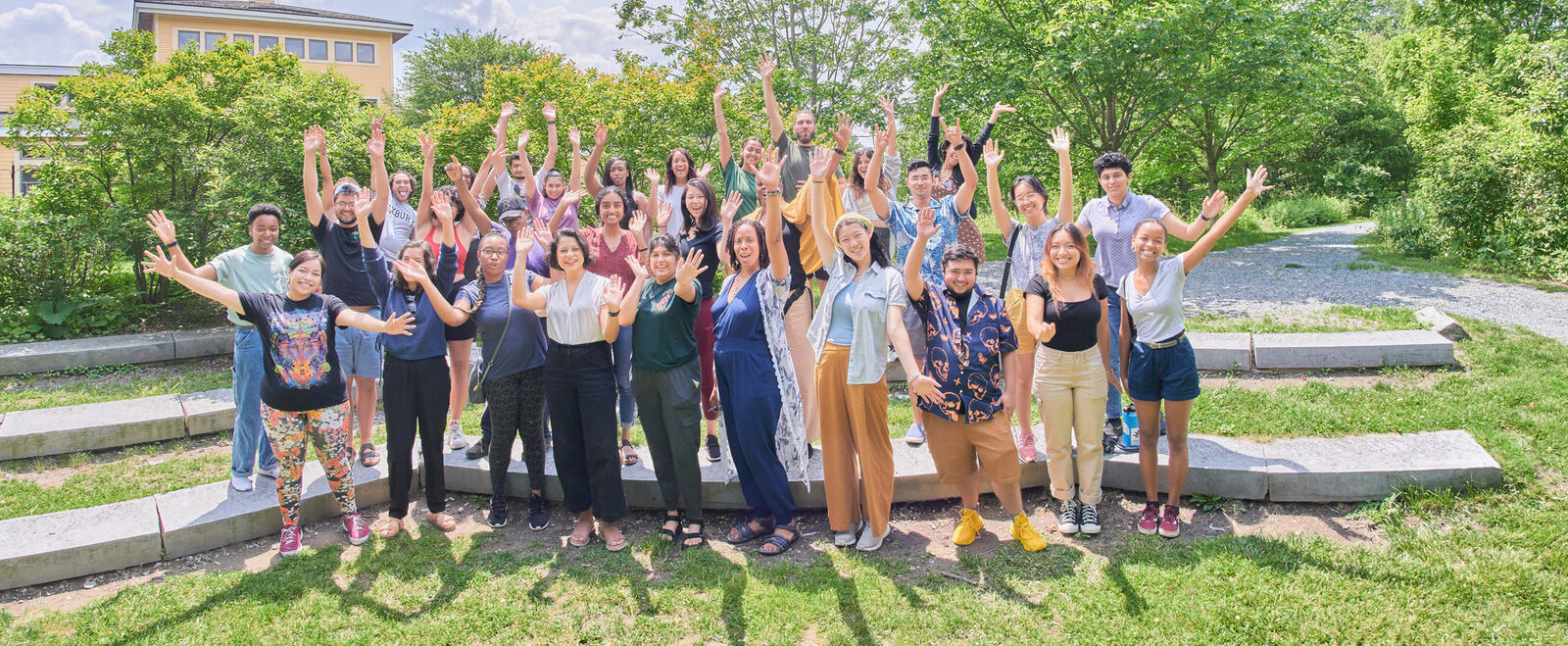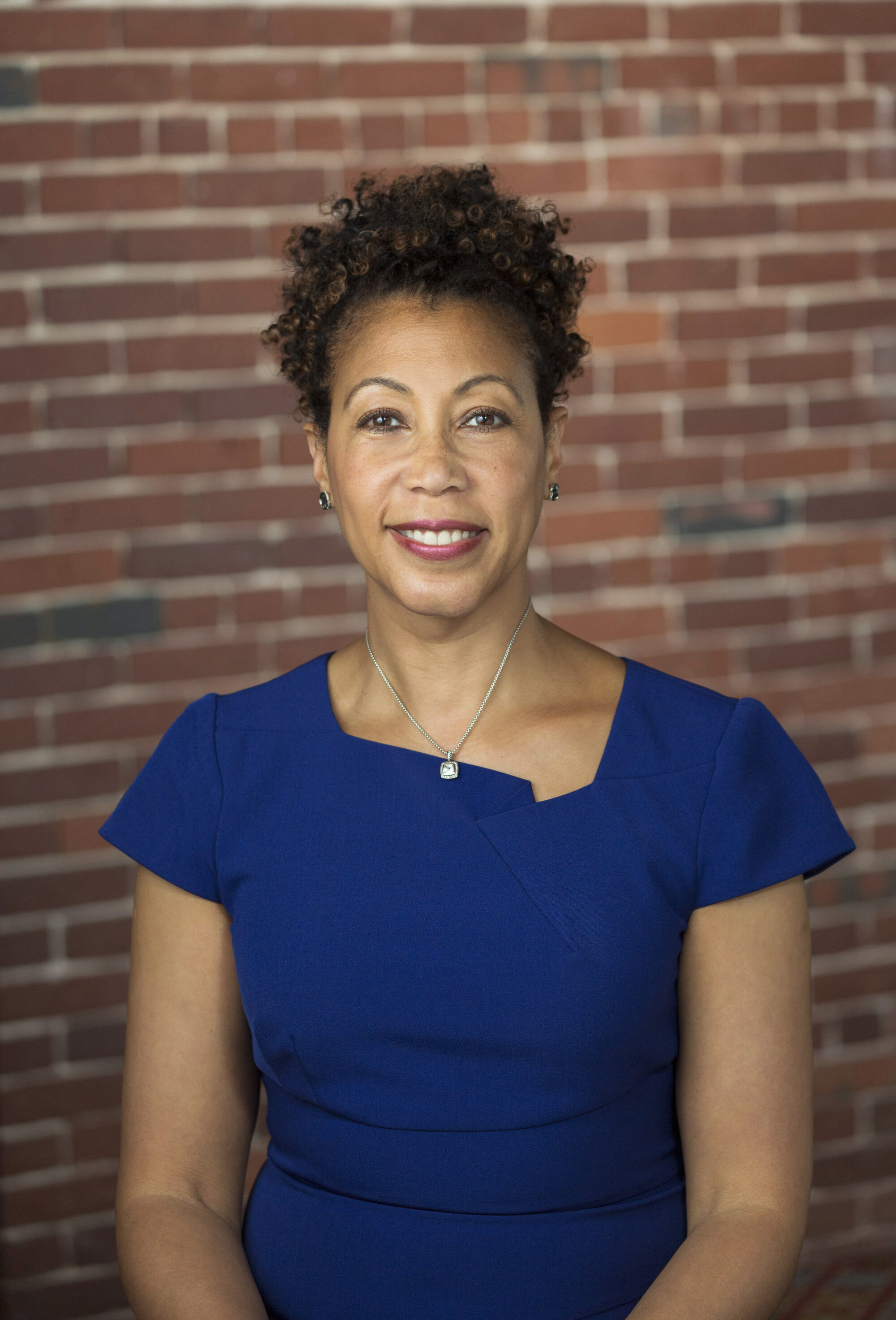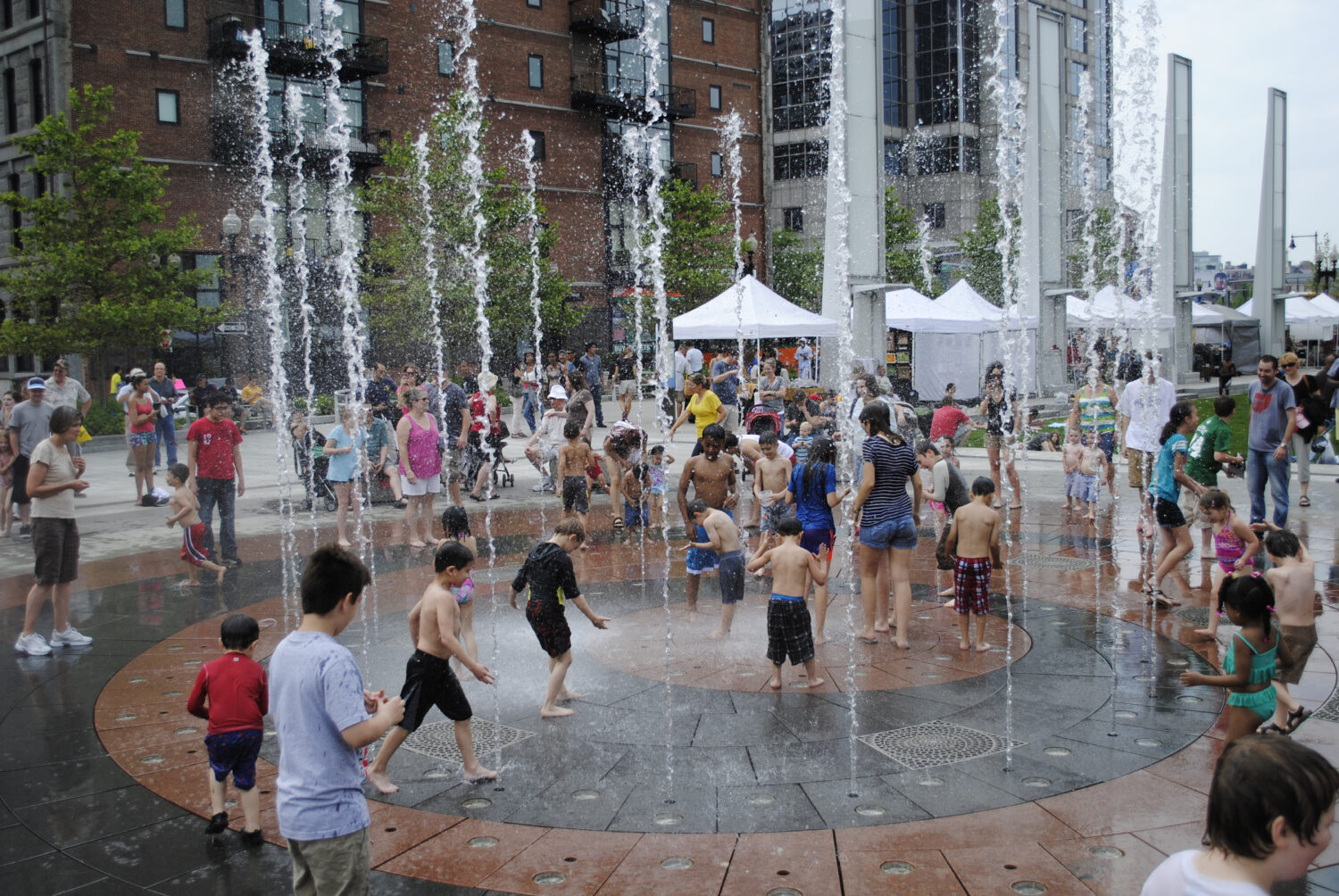Metropolitan Area Planning Council’s (MAPC) new “State of Equity in Metro Boston” was released at a December event at the Harvard Law School. The report was funded by Barr as part of its Climate portfolio. At the release, Barr Senior Program Officer Mary Skelton Roberts gave these opening remarks:
Thank you for that introduction. Thank you also to Marc Draisen and the rest of the MAPC staff for producing The State of Equity in Metro Boston report and for convening us here this evening. I am Mary Skelton Roberts. I work at the Barr Foundation, which provided funding for this report. This was actually one of the first grants I made as a Program Officer at Barr. I help manage Barr’s grantmaking related to Climate Change, where our goal is to make Boston and Massachusetts national models for reducing emissions – and so you may be wondering what in the world does climate change have to do with equity?
As it turns out, quite a lot. But rather than talk about that, let me tell you a story…
The offices of the Barr Foundation are on Lewis Wharf in the North End. I started there nearly three years ago. When I decided to accept the job, I called my sister in Maryland right away to tell her. She was thrilled for me. She fed on the excitement and energy in my voice – and like sisters we got talking faster and louder. But then she asked “where’s your office?” And when I said, “the North End,” there was silence on the other end of the line.
A long silence.
“It’s different now,” I said.
Why such a strong reaction?
Well, in the 1980s, my sister and I went to High School in the North End. And the memories I have of the North End from those years are not of freshly baked cannolis at Mike’s Pastry or al dente pasta at Prezza’s, Assaggio’s, or Mama Maria’s. My memories of the North End included a short walk from the Orange Line to Christopher Columbus School that did not feel like a short walk, because we were getting pelted with snowballs by classmates who clearly did not want us in their neighborhood.
I could not wait to graduate and get out of Boston. For me college wasn’t just a pathway to personal fulfillment and success. It was a one-way ticket out of this city. Even at 17 years old, my sister and I knew this was not a place where we could thrive. My sister left at 22.
But, like the rest of the nation, Boston and the North End have changed a lot since the 1980s. For one, I no longer get pelted by snowballs on my walk across the neighborhood – and that isn’t just because of climate change and our so far snow-less November and December. My alma mater, Christopher Columbus School, is no longer a school. It’s been converted to high-end condos. These days, open displays of racism just don’t fly. In fact, our public officials and business leaders, our organizational mission and values statements are full of open displays of commitments to diversity, inclusiveness, and multiculturalism. Those who do get caught making racist comments in the public square see their careers implode quite quickly. With a black president in the White House, many have taken to arguing that we are now in a post-racial society, that all that ugliness is behind us, that talking about race and class just divides people, at a time we need to come together to address the “real” issues.
But the problem with that story is that’s it’s just a story. And however appealing a story it may be, it falls apart in the face of the facts. Like the fact featured in this report – and which the Globe reported on Sunday [Yvonne Abraham’s “A Sad Statistic That Endures”]– that a black woman with a college education is more likely to have a low-birth-weight baby than is a white woman who didn’t even finish high school. Or the fact that, in Metro Boston, blacks drop out of high school at twice the rate of their white and Asian peers. Latinos – more than three times as much. Or the many other difficult but important facts Marc will lead us through in a moment.
The real story is in The State of Equity – in the state of all things not being equal. It is the same story that President Obama told at his speech last week in Osawatomie, Kansas. He spoke of a time where “If you gave it your all, you’d take enough home to raise your family, send your kids to school, have your health care covered, and put a little away for retirement.” And he lamented the sad reality that America is looking less and less like the place it aspires to be, “where everyone can make it if they try.” When you actually look at the data, we are worse off now than we were fifty years ago. After World War II, a child born in poverty had about a five in ten chance of making it into the middle class. By the 1980s, their chances slipped to four in ten. Now it’s three in ten. These are grim findings, and difficult conversations to have. The State of Equity report makes clear that our work is far from over. If Metro Boston and Massachusetts are to remain competitive, we must create the space to advance the dialogue about the inequalities that exist here and embrace our new reality – there are significant structural inequalities that limit opportunities for huge segments of society. We can’t accept the argument that a rising tide will lift all boats because too many people in Metro Boston and across this country don’t even have a boat. And, more often than not those people are the poor. They are children. They are the elderly. And they are people of color.
Only when we face and accept these hard realities can we do the hard work of identifying the policies and interventions that will shift the tide – and to make this a place where every person has the opportunity to graduate well educated, to live where they choose, and to see Massachusetts as a viable place where they can realize their dreams and thrive – not somewhere they are trying to run away from.
That is my hope for my daughter – as she starts kindergarten this year at a school just a few miles from where I began school decades ago – but worlds apart in terms of the welcome she receives from her classmates and her community.
That is my hope for us all.
Thank you.




